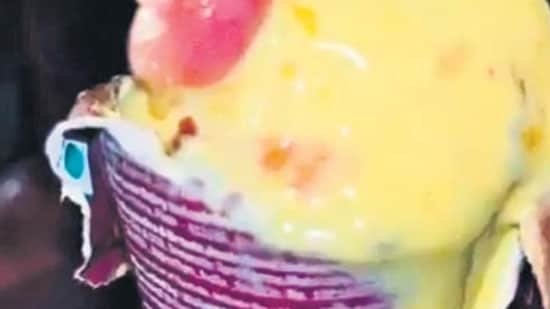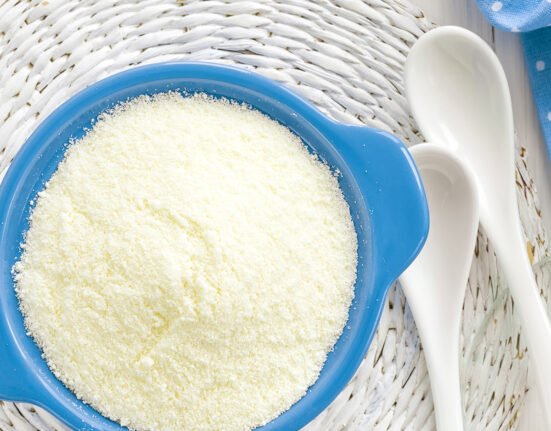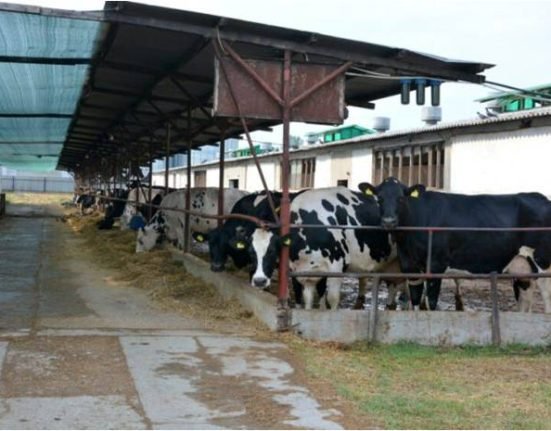Not all success stories begin with privilege, and Chinni Krishnan Ranganathan’s journey is proof that perseverance, vision, and a relentless drive to innovate can change the course of history.
A Father’s Legacy, A Son’s Dream
Born in a humble setting, Chinni Krishnan Ranganathan grew up watching his father revolutionize the Indian FMCG industry with a simple yet groundbreaking idea—selling shampoo in sachets. This innovation made personal care products affordable and accessible, turning what was once a luxury into an everyday essential.
But life had other plans. In 1982, tragedy struck when his father passed away, leaving behind not just a legacy, but also immense responsibilities. As a young man with dreams beyond the family business, he worked alongside his elder brother for eight months, but the entrepreneur in him couldn’t be contained. With just ₹15,000 in hand, he took a leap of faith and founded Chik India, a company that would later redefine the industry.
The Birth of Chik India: Making Shampoo Affordable for All
Starting from a small unit in Kanni Koil, Puducherry, he had just four workers, a rented space costing ₹300 per month, and machinery worth ₹3,500. But what he lacked in resources, he made up for with brilliant market insights.
His breakthrough came in the form of a 7ml sachet priced at just 75 paise, making shampoo affordable to even the most budget-conscious consumers. But affordability wasn’t enough—he needed a strategy to scale sales rapidly. So, he launched a game-changing offer:
Customers could exchange five used sachets of any brand for a free sachet of Chik Shampoo.
This brilliant marketing move captured consumer loyalty and helped Chik India surpass Velvette Shampoo, with sales touching ₹12 CR in just a few years.

From Chik India to CavinKare: A Name That Stands for Innovation
His success wasn’t accidental—it was built on relentless innovation. By the early 1990s, Chik India expanded its product line, introducing:
- Meera Herbal Hair Wash Powder (1992)
- Nyle Herbal Shampoo (1993)
- Spinz Perfume (1997)
As the company dominated South India’s personal care segment, Chinni Krishnan Ranganathan knew it was time for a new identity. In 1998, he rebranded Chik India as CavinKare, combining:
- “Cavin” (a Tamil word symbolizing beauty)
- “CK” (his father’s initials, honoring the legacy that started it all)
Expanding Beyond Shampoo: Taking on Giants in Beauty & Dairy
Chinni Krishnan Ranganathan wasn’t content with just dominating the shampoo industry. He wanted to compete with global FMCG giants. He expanded CavinKare’s portfolio, launching:
- Fairever Fairness Cream (1997)
- Indica Hair Dye (1998)
With these launches, CavinKare entered the beauty market, challenging well-established brands. By this time, he moved his headquarters to Chennai, gearing up for even bigger opportunities.
His next move? Entering the ₹10 lakh CR dairy industry—one of India’s largest consumer markets.
Breaking Into the Dairy Business: A Bold, Risky Move
In 2008, Chinni Krishnan Ranganathan acquired Prakash Dairy of Kanchipuram for ₹30 CR, despite the company being in poor financial health. His strategy? An acquisition-led model—he went on to acquire 50 small dairies, creating a powerhouse in the dairy industry.

The result?
- By 2013, Cavin’s dairy business had hit ₹250 CR in revenue.
- He raised ₹250 CR from Chrys Capital, valuing the division at ₹1,632 CR.
Innovations That Redefined Indian FMCG
Under Chinni Krishnan Ranganathan’s leadership, CavinKare revolutionized the industry with innovations that challenged even the biggest players like Nestlé and Pepsi:
- UHT Milk (Ultra High Temperature-treated milk) made CavinKare’s offerings 20% cheaper than Nestlé’s.
- Diversification into dairy-based products: curd, milkshakes, paneer, and lassi.
- Expansion into food segments: namkeen (Garden), pickles (Ruchi), and soft drinks (Maa).
By 2018, CavinKare’s revenue had soared to ₹1,535 CR, a testament to Ranganathan’s visionary leadership.
The Present and Future: A Market Leader with No Signs of Slowing Down
Today, CavinKare is not just a brand; it’s an empire of innovation:
- 39,000 sq ft R&D hub in Chennai focused on cutting-edge product development.
- 500+ products across seven key categories, ensuring market dominance.
- A massive presence across India, with a 20% market share in several segments.
The numbers? Staggering.
- Revenue (2022): ₹1,962 CR
- Profit: ₹194 CR
From a young entrepreneur living in a 150 sq ft house with a kerosene stove and a bicycle, Chinni Krishnan Ranganathan has built a ₹5,000 CR legacy.
The Legacy of a Visionary
Chinni Krishnan Ranganathan’s story is not just about success; it’s about transformation. He took his father’s groundbreaking idea—shampoo sachets—and expanded it into a multi-billion-dollar FMCG empire. His story teaches us:
- Adaptability – From personal care to dairy, he evolved with market demands.
- Customer-Centric Approach – Affordable pricing and innovative marketing made CavinKare a household name.
- Innovation – Product diversification and smart packaging set him apart from competitors.
- Resilience – Overcoming personal loss, financial risks, and industry competition, he built something truly extraordinary.
Final Thoughts: An Inspiration for Generations
Few entrepreneurs leave behind a legacy that extends beyond profit margins. Chinni Krishnan Ranganathan has done just that.
From a young boy navigating personal tragedy and financial struggles, to an industry leader taking on global giants, his journey is a blueprint for aspiring entrepreneurs.
CavinKare is not just a company—it’s a testament to vision, hard work, and relentless innovation. And as it continues to grow, one thing remains clear:
Chinni Krishnan Ranganathan’s legacy is built to last.








